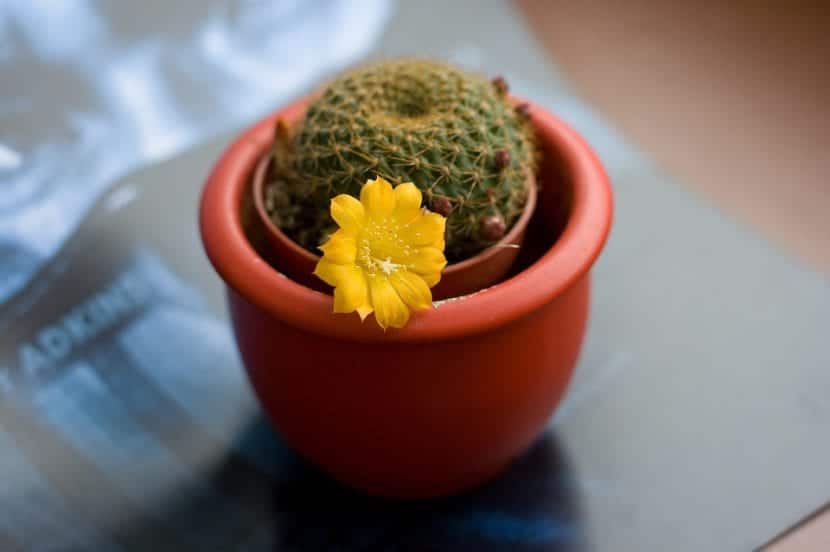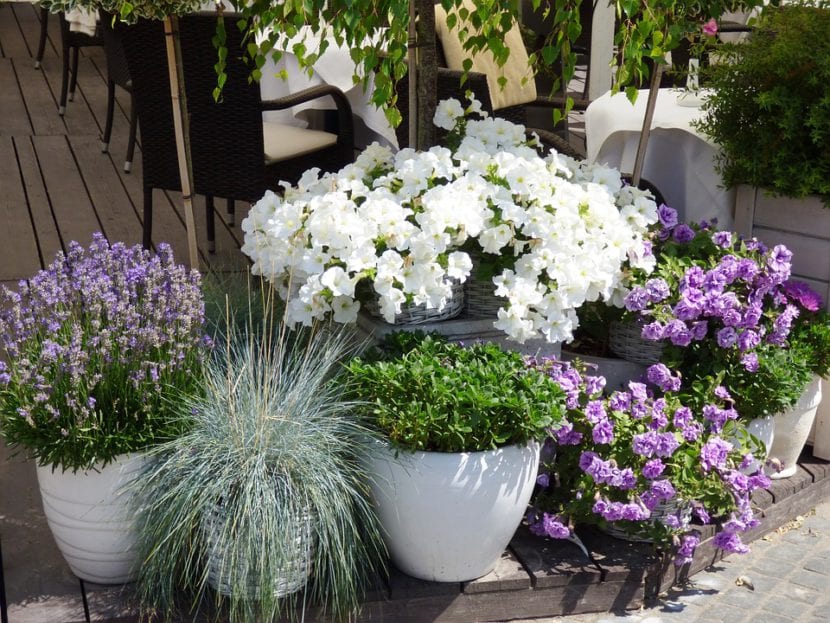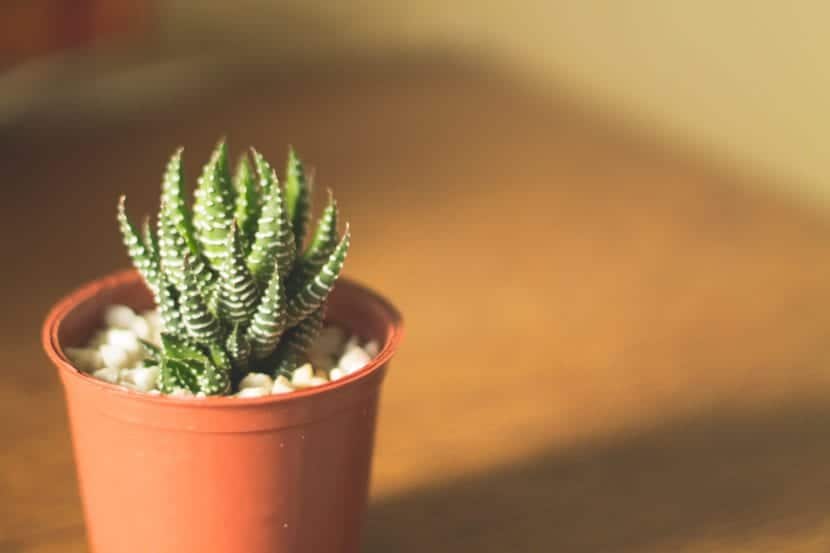
During the summer the plants are making the most of the daytime hours to grow. For this reason we might think that it is a good idea to change them during this season, and the truth is that we would be wrong in part. The reality is that there are plants that can be changed from container in the middle of the growing season, but there are others that nevertheless can have a hard time. So which plants can be easily changed?
In addition to answering this question, we are going to tell you how it is transplanted in summer.

In these months, many people take the opportunity to go shopping at the nursery, either to decorate their garden or patio, to buy the odd plant for the home. Normally, it is best to transfer them to a larger pot on the same day or after a week, but in the middle of summer ... there are some that are better not to touch. Which ones cannot be transplanted, and which ones ?:
Plants not recommended to transplant in summer
- Exotic trees, whether tropical or, on the contrary, from cold climates: maples, beech, plumerias, flamboyant ...
- Woody plants that are blooming.
- Fruit trees that are fruiting or with half-ripened fruits.
- Adult palm trees (over 2m).
Plants that can be transplanted in summer
- Native plants, as long as they are not fruiting.
- Young palm trees (can be done at the beginning of the season or in the middle of the season at the latest, never at the end of the season).
- Herbaceous flowering plants (perennial, annual, biennial).
- Fruit trees that at that time do not have flower or fruit.
- Aquatic plants.
- Succulent plants: cacti and succulents.
How is it transplanted in summer?

In summer you have to be much more careful if it fits with the root ball, so if we want to move our plant to a larger pot we have to do the following:
- The day before, we will water until the substrate is well soaked.
- The next day, we will extract it being careful not to manipulate the roots too much. If necessary, we will give the pot a few strokes to make it come out easier.
- Afterwards, his new pot is filled with the chosen substrate (a good mix would be black peat with perlite in equal parts) a little.
- Then the plant is introduced into its new pot.
- It is finished filling with more substrate.
- And finally it is watered.
Ready, we already have our transplanted plant 🙂.